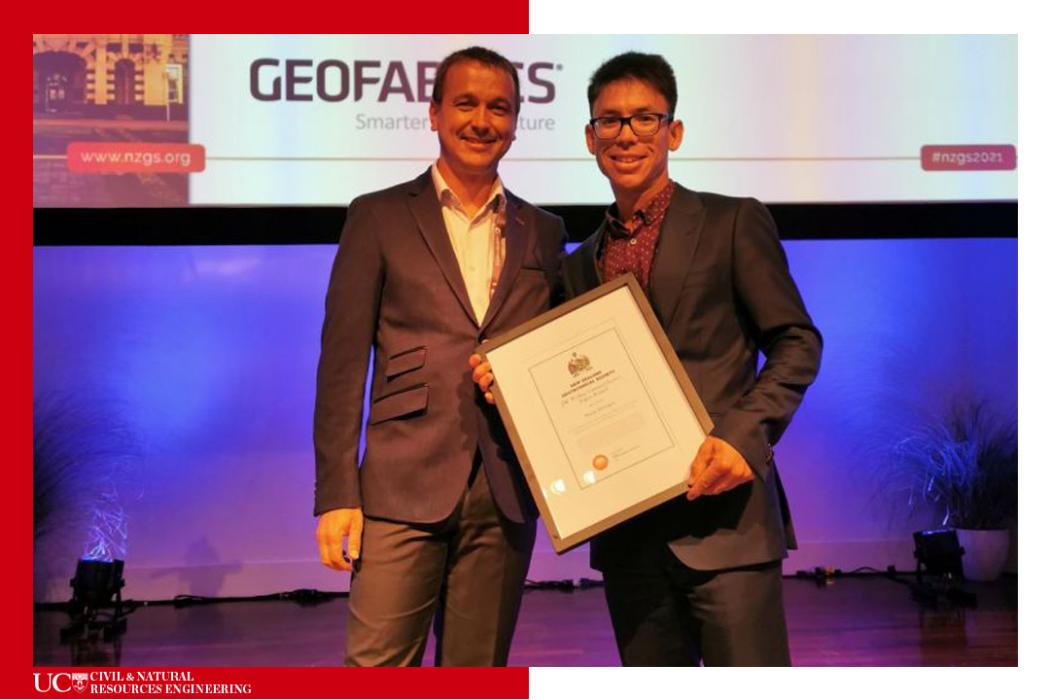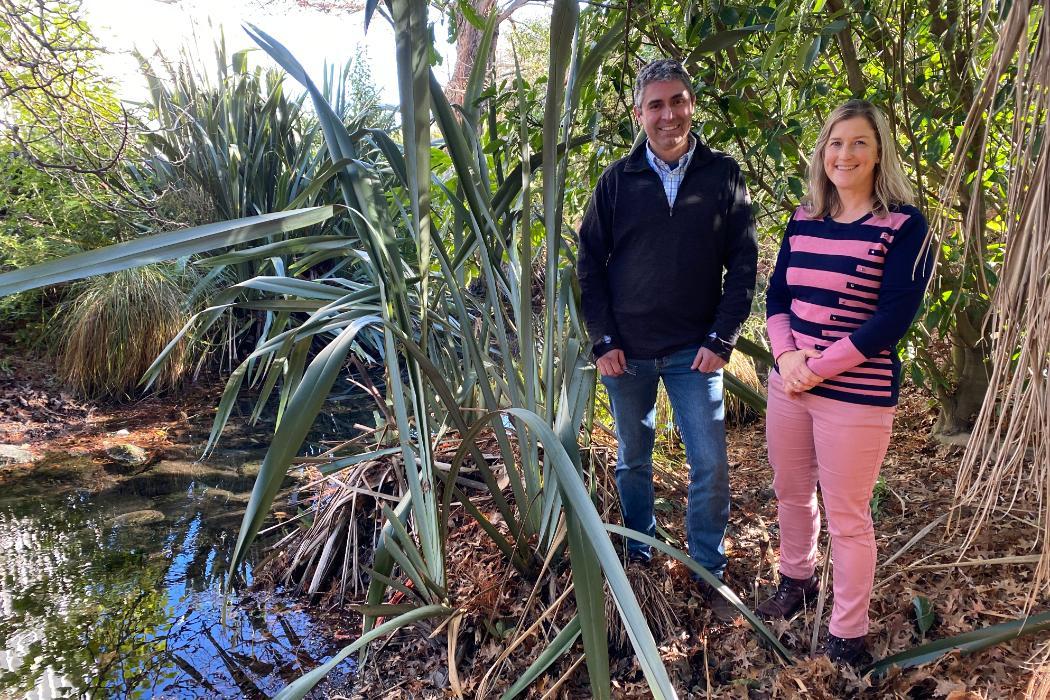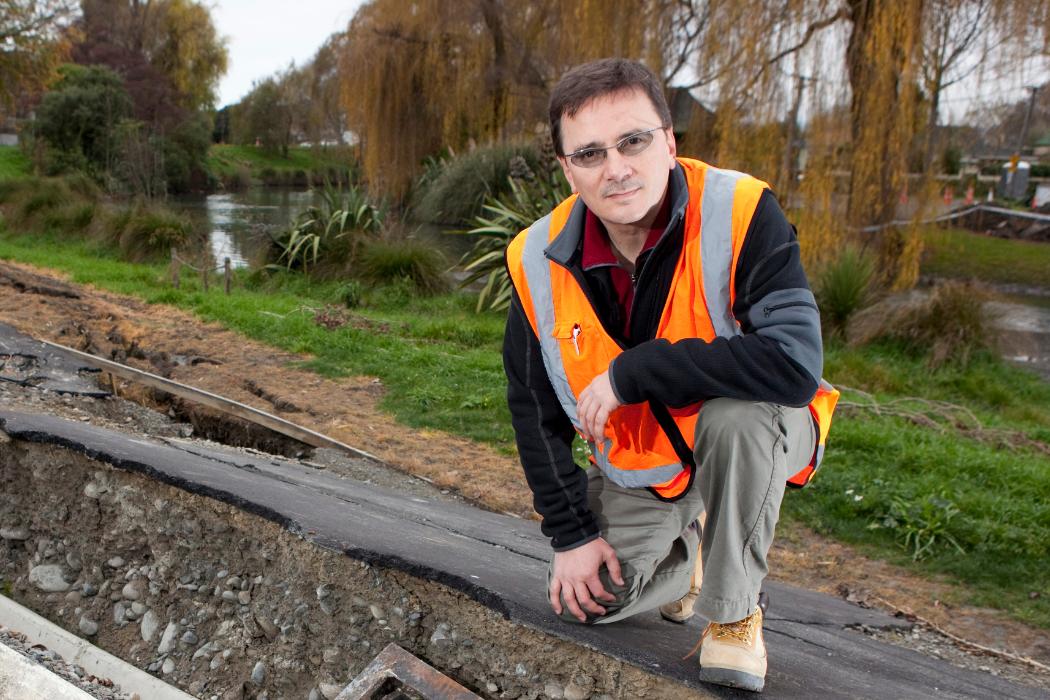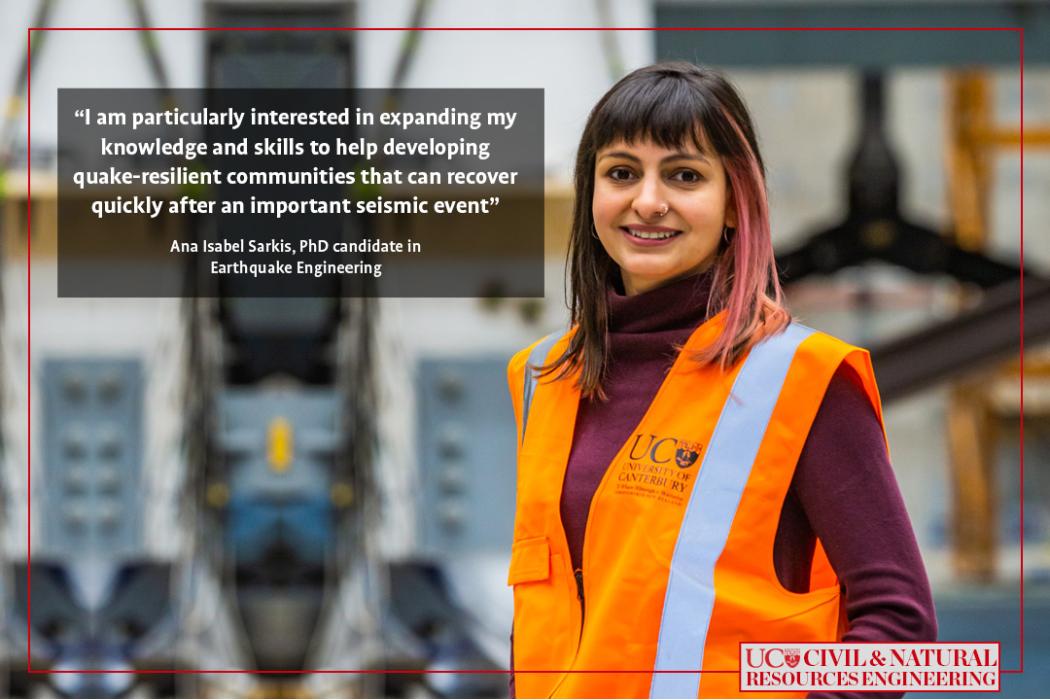Fluid mechanics brings together experts in such diverse areas as physics, geology, geography, mathematics, ecology, biology, chemical engineering and mechanical engineering. It is a subject that provides a fascinating set of challenges to the researcher and practising engineer alike.
For a civil engineer fluid mechanics covers a wide variety of problems that practising civil engineers must understand and solve, like:
- The flow of water in underground aquifers that supply water for irrigation or drinking.
- The disposal of waste in rivers, estuaries and coastal areas.
- Flood prediction.
- Stop bank and spillway design.
- Rainfall monitorings.
- Nutrient mixing in lakes and reservoirs.
- Transport of sediments in rivers.
- Wave action on harbours and beaches.
- Design of urban stormwater and sewage systems.
The Department of Civil Engineering has a dedicated fluid mechanics laboratory that supports its undergraduate teaching, and its postgraduate and staff research. The research facilities range from traditional large-scale flumes for open channel flow simulations, through to smaller scale tanks and flumes used for environmental fluid mechanics research.
Much of the work currently undertaken in the laboratory uses advanced optical techniques for quantitative measurement of flow properties. These methods, which include laser induced fluorescence (LIF) and particle tracking velocimetry (PTV), require blackout conditions and specialised light sources.
Examples of some of the larger pieces of experimental apparatus are shown below.
- Main flume in lab: The 12m long and 560mm wide main flume, used for undergraduate teaching and postgraduate research, connects to a 10m constant head recirculating system. The flume was originally built for an experimental study of open channel turbulent dispersion.
- 15m flume: A new 15m long, 250mm wide and 500mm deep Perspex flume used for environmental fluid mechanics research. Currently a study into the structure of free surface gravity currents is happening in the flume.
- Towing tank: Several studies into the behaviour of jets and plumes have used this 6m long, 1.5m wide and 1m deep, towing tank. A computer-controlled trolley (the controller is in the foreground) can tow a model ocean outfall through the still surrounding fluid, simulating the behaviour of a real ocean outfall in a moving environment. Currently the tank is being used in a study of the effect of mussel farms on tidal flows.
- Tilt flume: This 5m long, 250mm wide and 400mm deep tilting flume has been used in a number of experimental studies exploring the behaviour of intrusive gravity currents.
The following academic staff members are involved in fluids research and can be found in the Civil and Natural Resource Engineering contact us.












